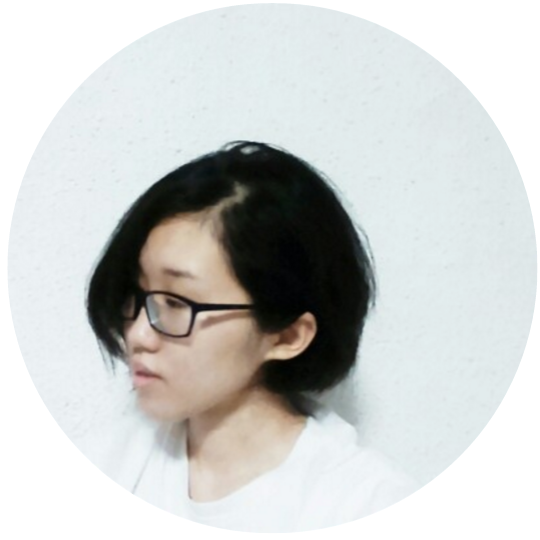
Being more of a hands-on person, my approach towards the project is to get my hands dirty before trying to generate an idea/concept. (Hence the lack of consideration in the tools/ process used :p)
Starting with the basic, I created spontaneous strokes using slightly unconventional tool / medium found at home.
Left to right:
- Chinese ink, applied on wet cartridge paper using the rough side of scrub sponge.
- Chinese ink mixed with snake powder, applied on cartridge paper using a bundle of satay sticks.
- Chinese ink, applied on cartridge paper by tissue paper ball.
- Chinese ink, applied on cartridge paper by feathers.
Needless to say, the length, thickness and density of the strokes all affects the emotions conveyed. The short strokes creates flustered cluster while the bigger strokes appears more bold aggressive or confident.
The bleeding of the ink softens the marks, rendering it slightly sentimental. On the other hand it reduces the intensity of the black and might weaken the emotion.
An interesting finding during this was the mixture of ink and snake powder. The paste-like consistency allows bleeding of ink while still keeping the shape and saturation of the original stroke. The thickness of it also allows subtle texture within the stroke.
Next, I went on to print making. I repeated the objects using different method, in an attempt to create different marks using the same tool.
Top to bottom:
- Created by rolling a tissue paper ball, soaked in chinese ink, across cartridge paper.
- Apply ink onto tissue paper, allow it to try slightly and press it against cartridge paper.
- Same as above, but spay water onto the tissue after pressing it against the paper, and lift it up promptly.
- Reverse print of a piece of tissue, using block printing ink.
The density and the details of the texture strangely reminds me of human skin (esp the second). To me that association brings to mind anxiety and the state of being over-sensitive.
Next, Tracing paper.
Top to bottom:
- Apply chinese ink onto the folded tracing paper, then press it against the paper.
- same as above, with different amount of ink.
- Reverse print of the folded tracing paper, with block printing ink.
Tracing paper is harder than tissue, it creates more regular shapes and more structured folds. The white spaces increased and appears more distinct. The surface warps upon contact with water and adds details to the texture.
The marks made by the cling wrap has sharper angles and edges, reminding me of glass shards, as well as many think lines, giving it a sense of fragility.
By putting the cling wrap on a wet paper, the small droplets of ink create a smooth flow across the paper. It appears soft but at the same time I find it slightly trippy or disturbing due to the high density of the small marks.
I also tried spreading block printing ink on the table, etching marks in it using different tools before I obtained the marks from the table using paper.
top to bottom, marks made by:
- Brush
- Tissue paper
- uncooked instant noodle
This method allows a very drastic contrast between the black and white which would suit a strong and aggressive emotion. The first image has a curvy stroke which appears less intimidating, but the amount of black can be heavy and overwhelming. The last image paints a vivid image of recklessness.
After some experimentation, I noticed how a marks created by the same tool can turn out differently as ‘hard’ or ‘soft’, depending on the process used to produce the mark.
I find the comparison parallel to that of explicit emotion and subtle emotion, as well as aggressive emotion and passive emotion.
It would be interesting if I can convey an emotion that is hidden beneath the surface, that is subtle and passive.
Passive aggressive. The slit on the paper brings to mind sharp edges, injury or cuts , yet the mark is so thin and so unnoticeable.

Using texture on black surface is another way of showing a subtle emotion, one would only notice the marks upon closer inspection.
Lastly, this series of print below is to show the progression of an emotion. When we refuse to let go or resolve certain emotion (say, tenseness of hatred), the emotion might grow stronger, until it thickens and becomes too overwhelming to bear.
The prints are produced by mixture of chinese ink and snake powder on plastic sheet, pressed against paper. The snake powder mixture allows the ink to have a mould-like texture, which I find fitting for the idea of over-grown emotion.
Even though this is merely technical experimentation, it allows me to practice expression using basic visual elements. I experimented without any planning, which gave room for happy accidents. I was able to pick up unexpected results and inspiration along the process.
The cleaning up tho D:














